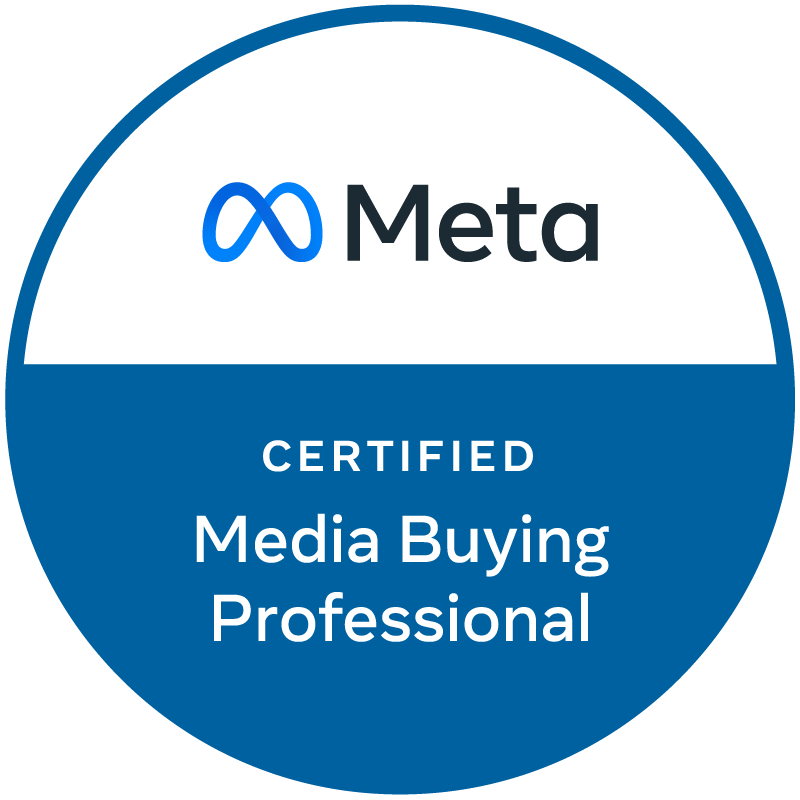NAR’s 2011 Investment and Vacation Home Buyers Survey
April 6, 2011 3:51 pmEvery year the National Association of Realtors performs a survey of vacation and investment home sales on the previous year. 2010 Vacation home sales accounted for 10 of all residential sales whereas investment related transactions represented 17% of all sales. The volume of vacation home sales was down 1.8% representing 543,000 in total sales. Investment purchases fell 7.8% to 867,000 transactions in 2010. The median vacation home price was reportedly $150,000. The median investment home price was $94,000. Consistent with what we are seeing in the international emerging real estate markets, many of the transactions were cash purchases. 36% of all the U.S. transactions reported were paid with 100% cash. 59% of all residential investment purchases were paid 100% with cash.
The buyer demographics reported vacation homeowners being an average age of 49 years old. Their average household income (HHI) was $99,500. The investment home buyer average age was 45 years old, earning $87,600. The majority of the U.S. purchases were located in “drive-to” markets closer to owner’s primary residences. NAR Chief Economist, Lawrence Yun, noted some interesting demographic market sizing statistics. The ages between 40-49 population size is 43.8 million individuals. The ages between 50-59 population size is 40.7 million individuals. Yun noted that people in their 30’s and 40’s will drive the future second home market demand. E360’s existing second home owner survey has seen a more even distribution of Baby-boomers and Gen X vacation/investment home buyers in the international markets. The emerging demographic trends continues to support both E360’s existing second home owner survey results of a new younger demographic for international investment/vacation purchases along with Yun’s report of a slightly younger buyer.
The psychographics of the vacation buyer were motivated most by lifestyle style factors such as primary use and family retreats. The investment purchaser was more motivated by rental income. Interestingly, nearly half the investment buyers sought to diversify their asset classes with investment real estate. Vacation home buyers intended to keep their property for a median of 13 years while investment buyers intended to hold their property for a median of 10 years. There was no report on any percentage of active resort marketing or development marketing had occurred.
The geographic breakdown of sales volume was as follows:

According to the U.S. Census, there are 49.5 million combined vacation or investment homes. There are 7.9 million vacation homes and 41.6 million investment homes. The U.S. has a total of 74.8 million owner-occupied units. 
About E360: We provide real estate advisory services across emerging real estate markets. Our real estate advisory services include market research, capital modeling, marketing and sales for international property. We have a $10 billion gross sales track record focused on resort real estate.










